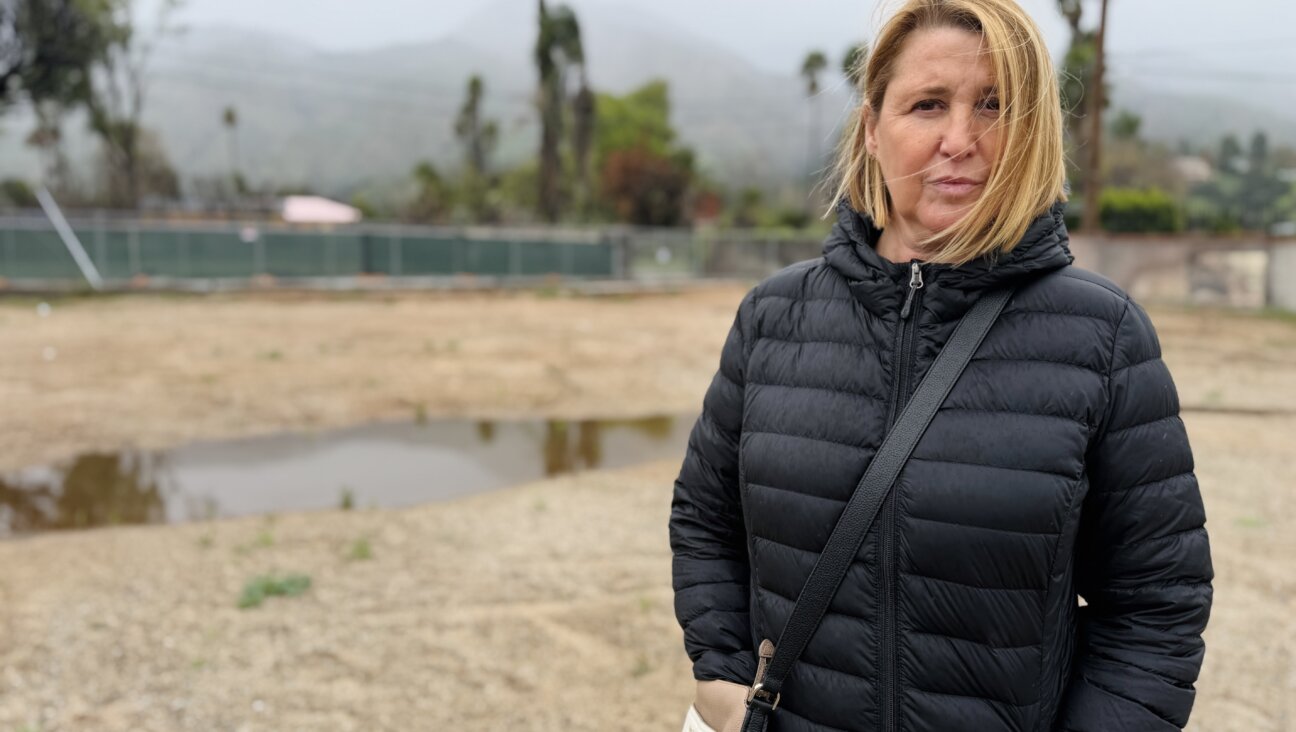Fault Lines Episode 12: Alternatives To The Two-State Solution

Graphic by Angelie Zaslavsky
What if the Two-State Solution is dead?
In the most recent episode, Peter Beinart and Daniel Gordis grappled with the American Jewish millennials who have started to lose faith in the Two-State Solution. The Two-State Solution has long been considered the only legitimate end to the Israeli-Palestinian conflict, but new times are prompting the question: what if the Two-State Solution is dead? Is there any way to solve the conflict without it? And is it worth it to make small improvements, or should people wait until a solution is finalized before making changes to the reality on the ground?
These are the questions that Fault Lines wrestles today, and the conversation gets heated between the two thinkers. In the podcast, Beinart and Gordis grapple with an author named Micah Goodman, who has outlined a new solution in his book “Catch-67.” As a starting point, this leads to conversation about the viability of making peace with the Palestinian government, what a Palestinian state would look like, and if it’s moral to create a solution that makes Palestinians into second-class citizens.
Listen to “Fault Lines” on Spreaker.
While listening along to the podcast, you may be confused about certain points that Gordis and Beinart bring up. For a deeper study of the settlements, watch this Vox video that takes you inside the conflict by visiting settlements in the West Bank. Kiryat Arba, referenced in the podcast, is a suburb of the religiously significant city of Hebron and was one of the first settlements to be created, in 1968.
The Palestinian Liberation Organization, the PLO, are the sitting Palestinian government that hopes to negotiate a Palestinian state. Conversely, Hamas is the governing body of Gaza, and are generally considered to be more radical and violent than the PLO.
When Beinart and Gordis discuss area A, B, and C, they’re referencing areas in the West Bank that were agreed upon by Bill Clinton, Yitzhak Rabin, and Yasser Arafat in the Oslo Accords in 1993. Area A is controlled by Palestinian governmental and security personnel. Area B is controlled by the Palestinian government, but with Israeli security. Area C is under full Israeli control.
To see Micah Goodman speak on this topic, read his articles through the Shalom Hartmann Institute. To buy the book discussed in the podcast, written only in Hebrew, you can find it here.
Do you believe the Two-State Solution is still viable? Let us know in the comments section.
Let the world know what you think about Fault Lines – rate our episodes, and share your thoughts in a review on iTunes.
Download episodes here. Subscribe to Fault Lines and listen anytime.
Check out our Fault Lines episode guide here.
Support for Fault Lines comes from Edward Blank, whose generosity makes this program possible, and from readers like you.















